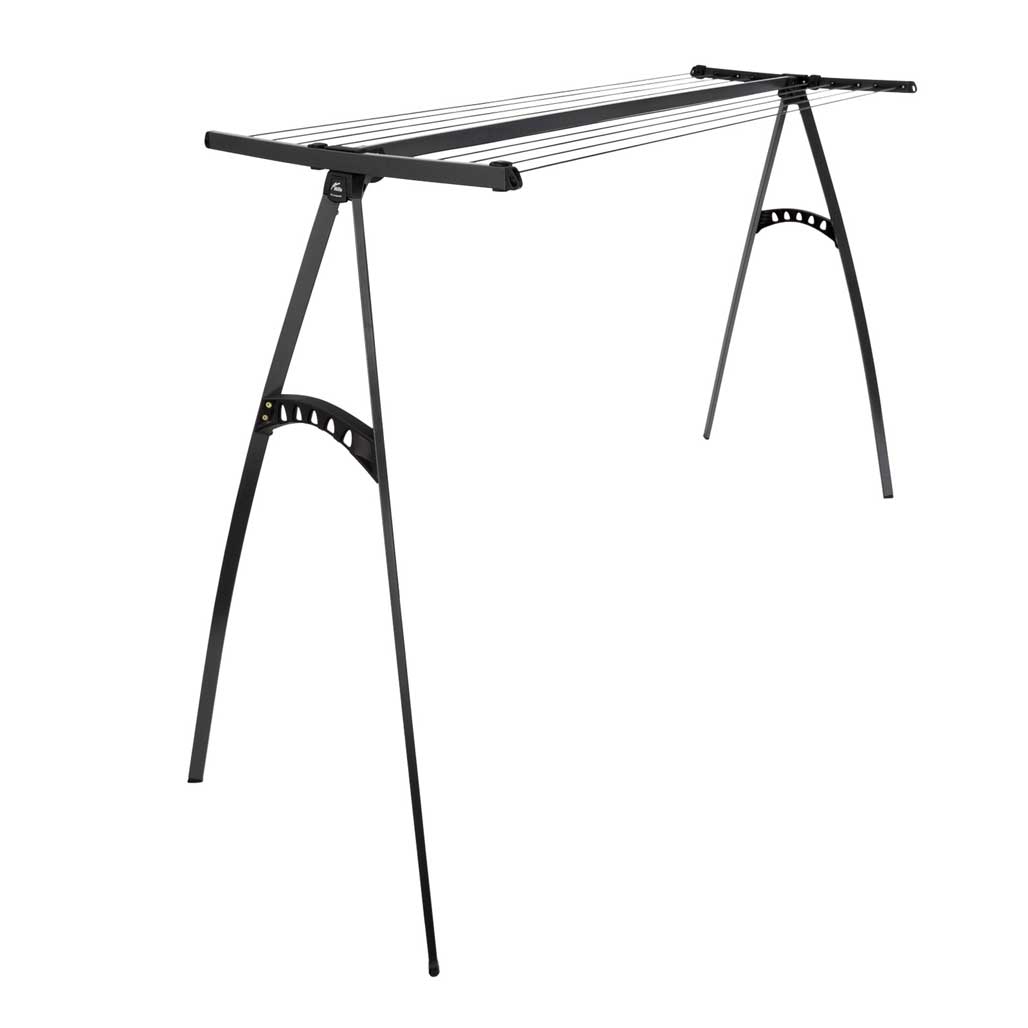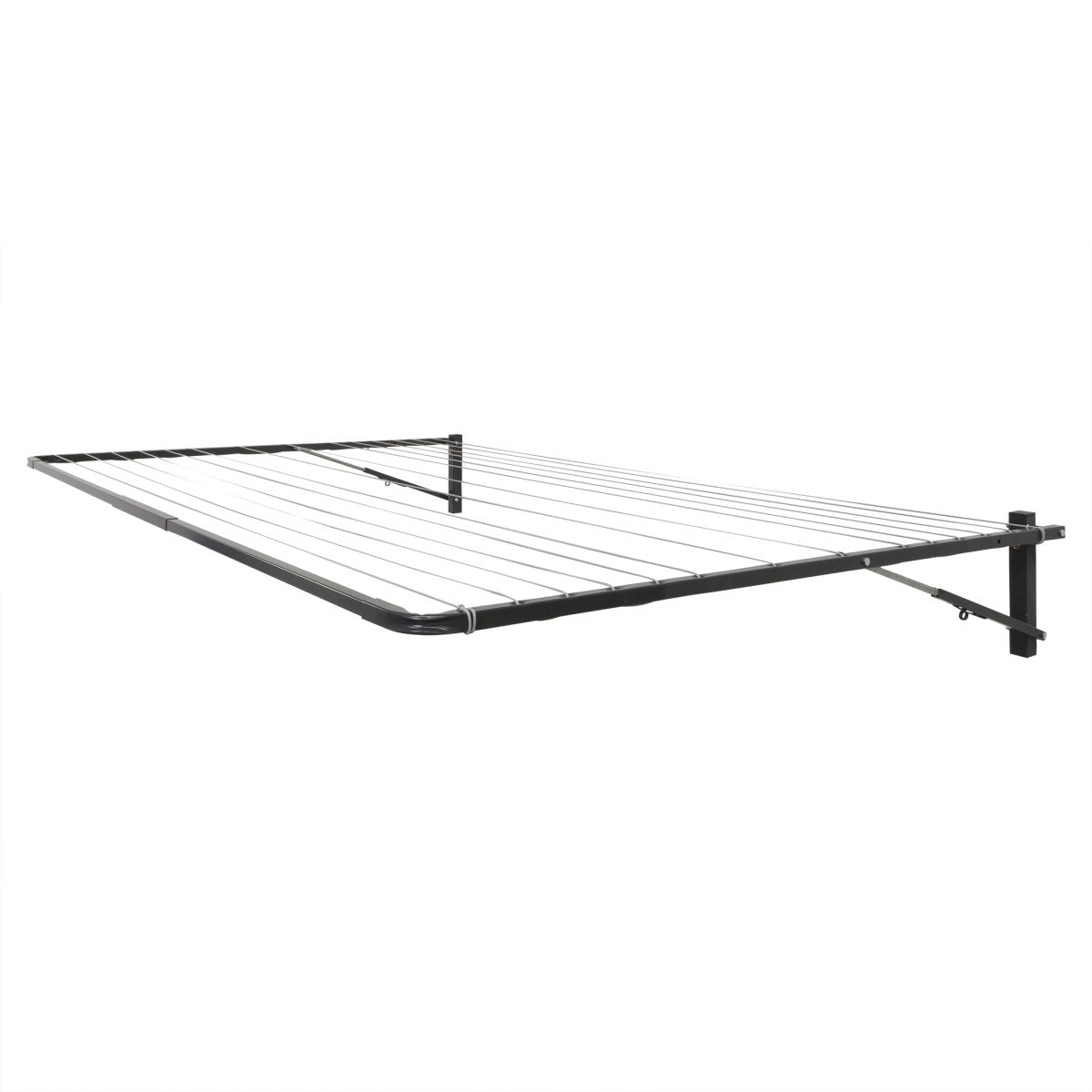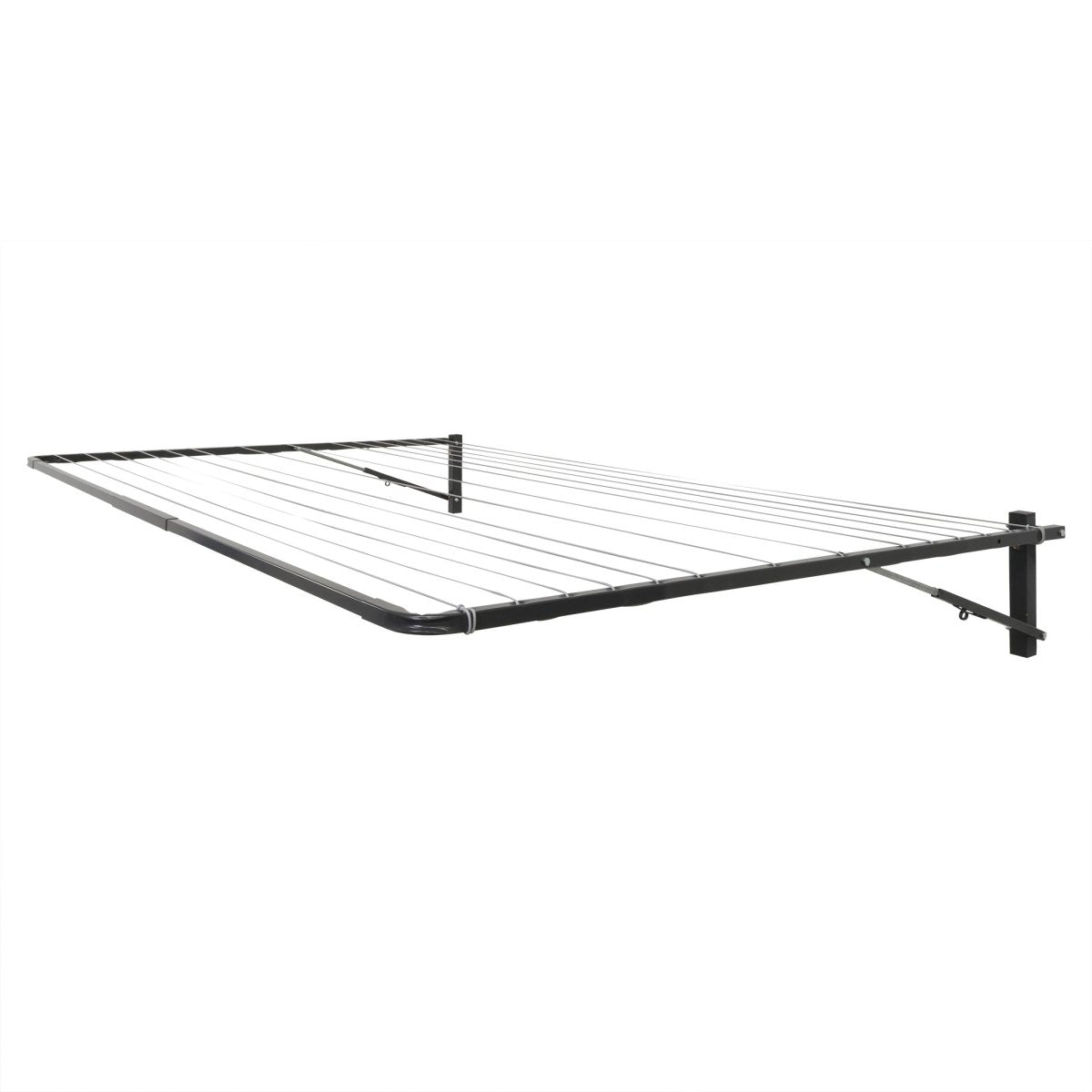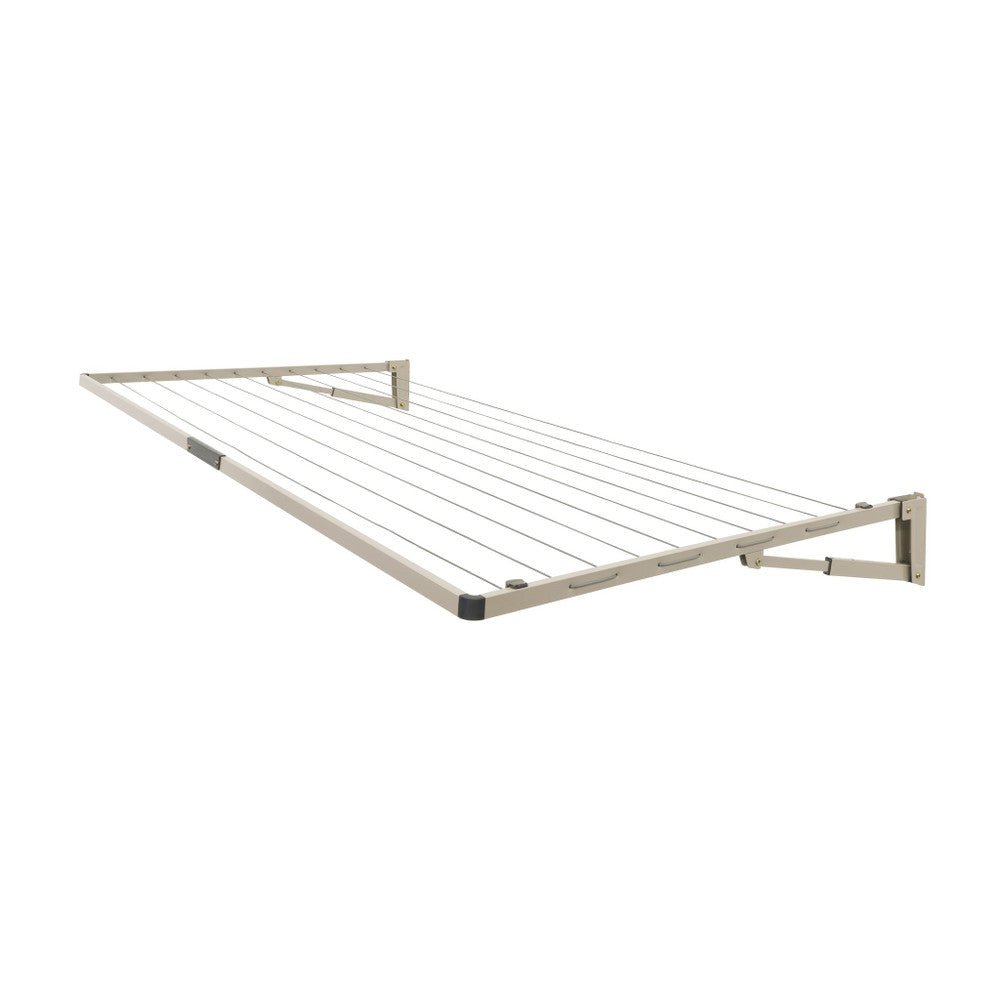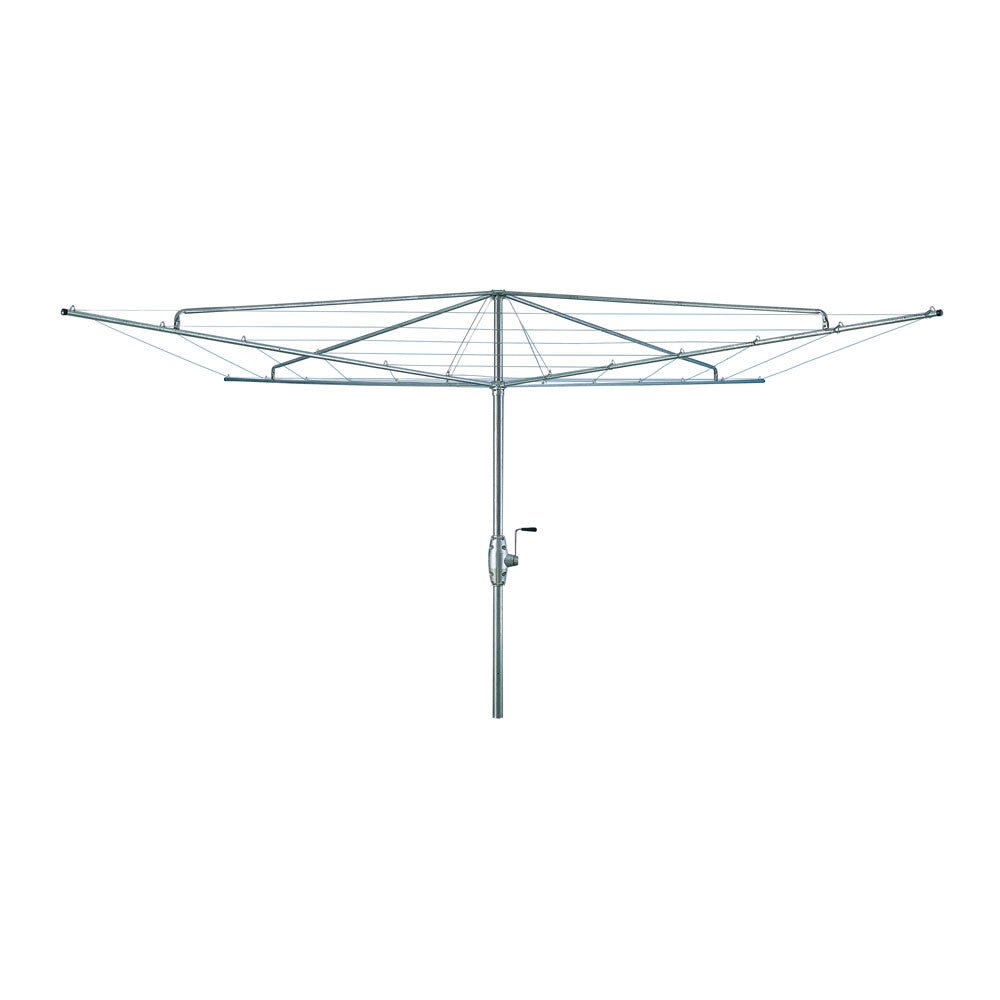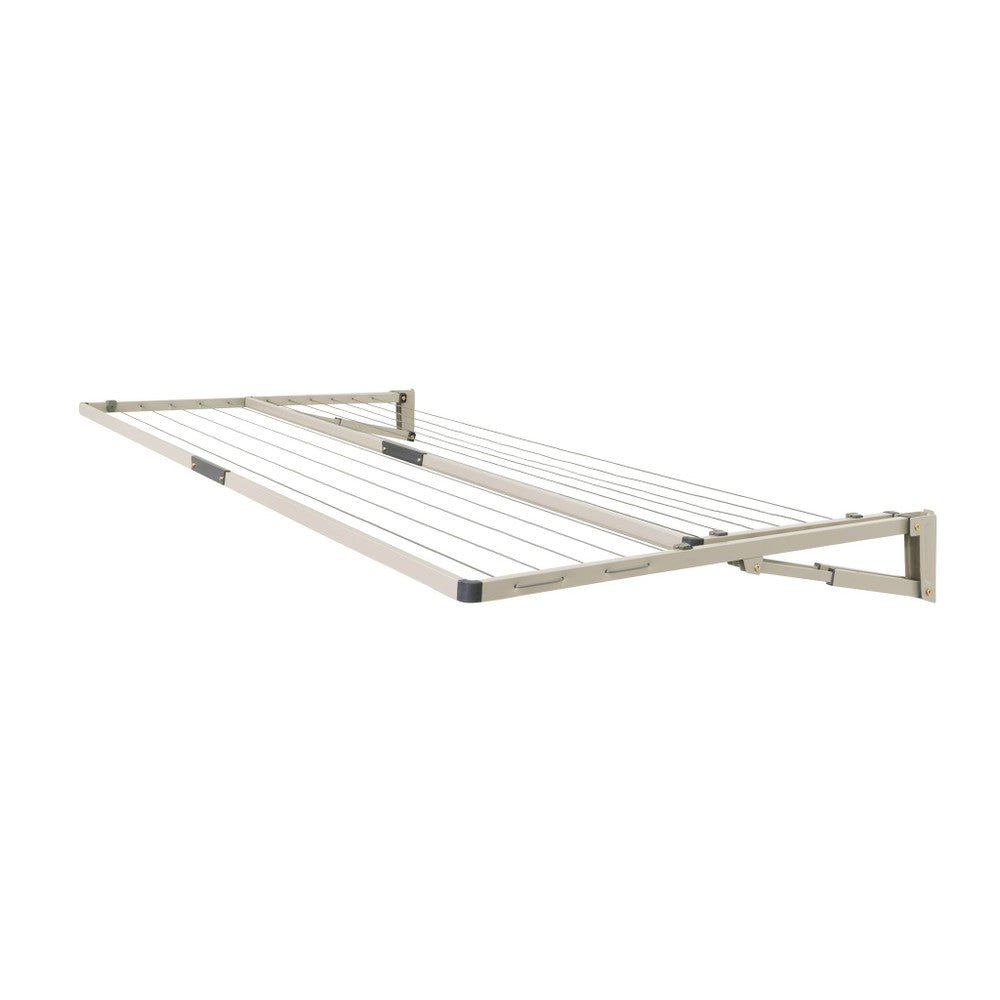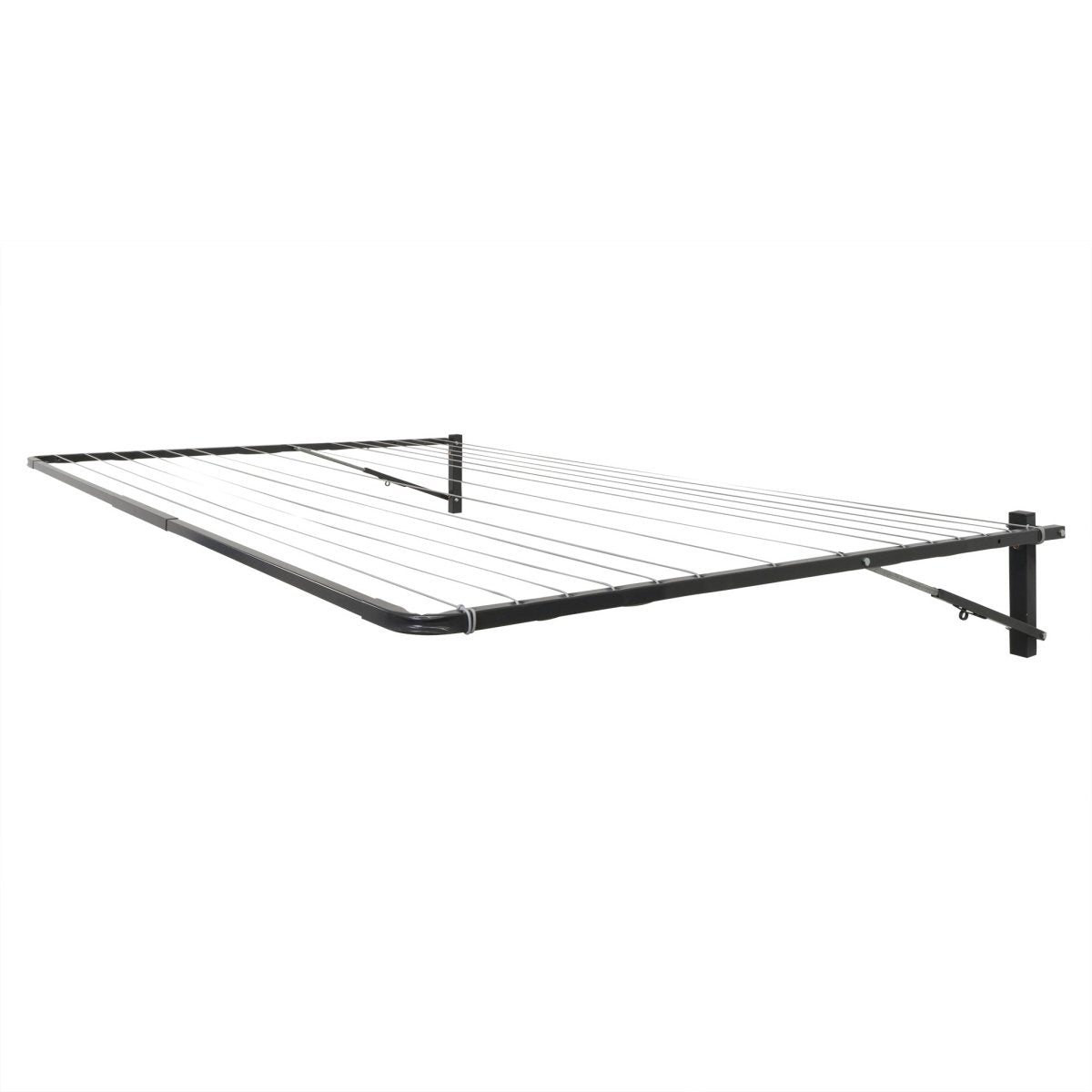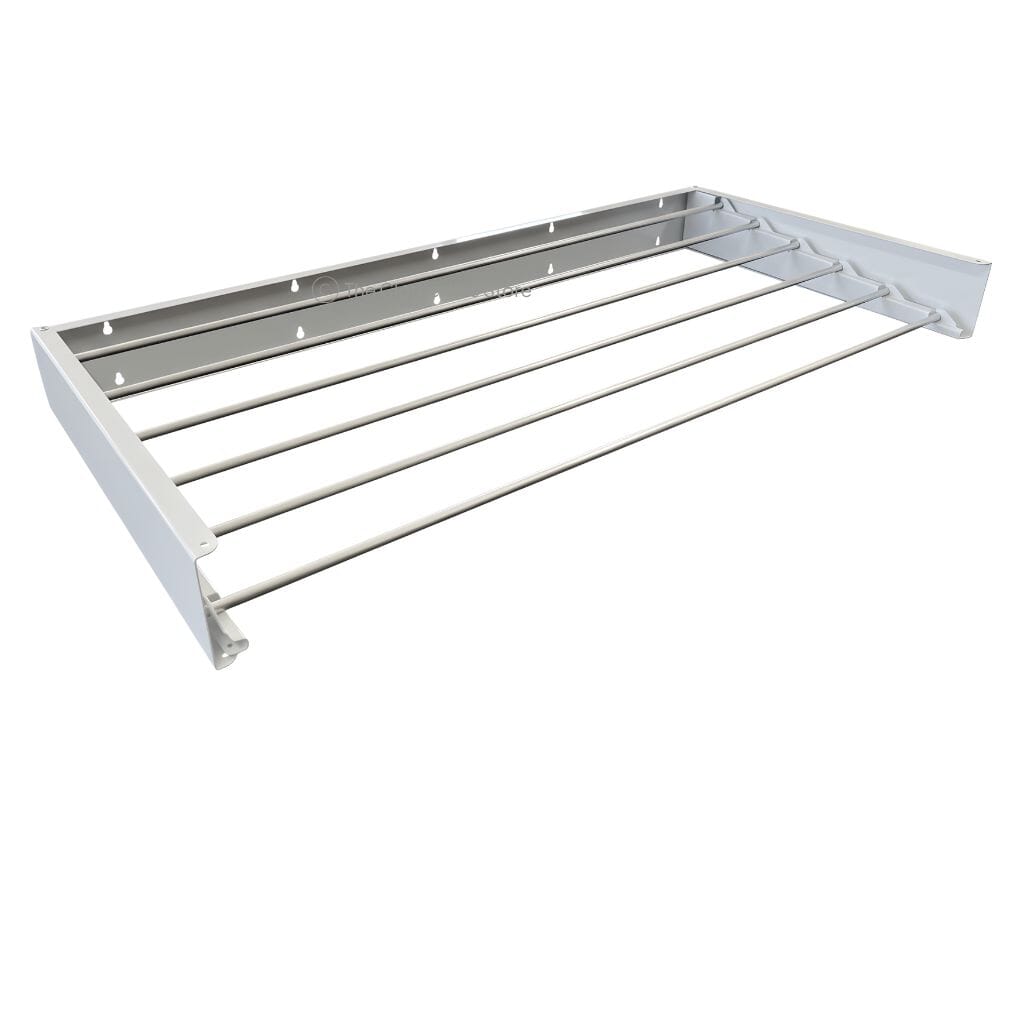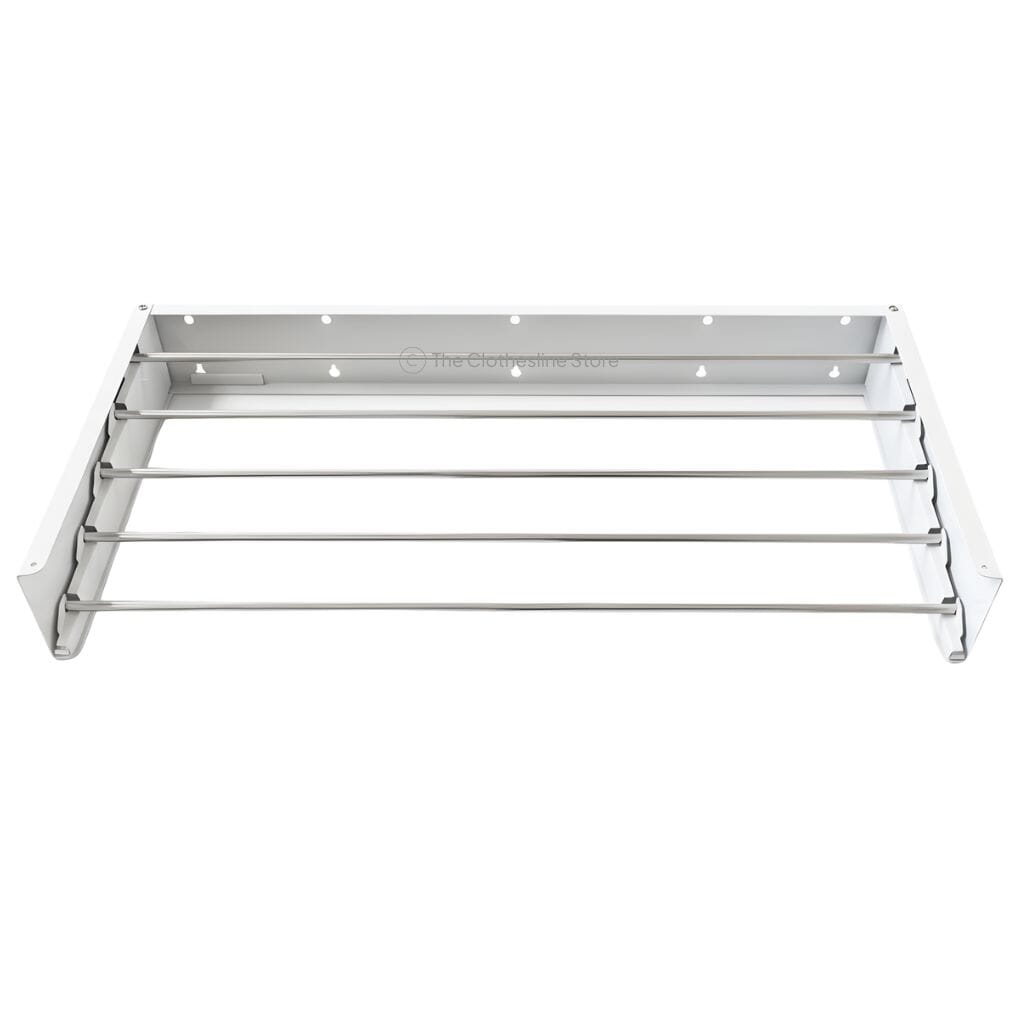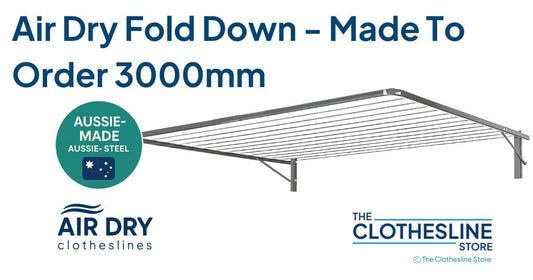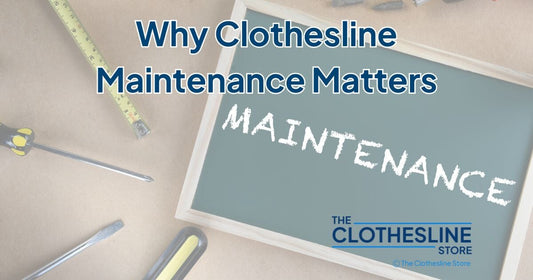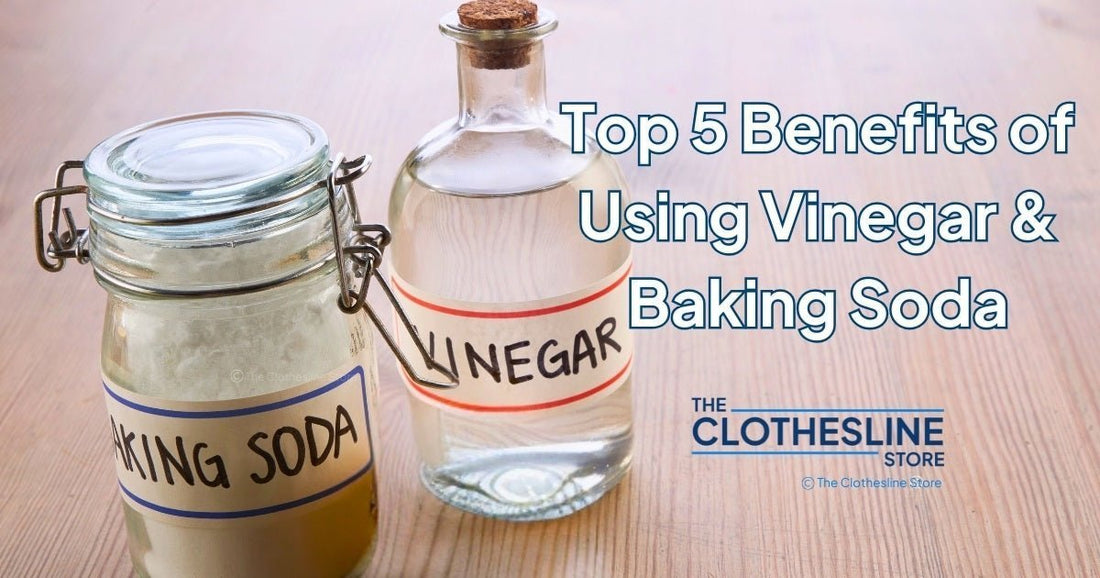
Top 5 Benefits of Using Vinegar and Baking Soda in Washing for Effective Cleaning Solutions
Looking for a safer, greener alternative to store-bought cleaners filled with harsh chemicals? The combination of vinegar and baking soda is one of the most reportedly effective household cleaner options around — and it’s been trusted for generations.
When used correctly, baking soda and vinegar offer a powerful cleaning boost in your laundry room and beyond. Let’s explore their top benefits and the science behind how they really work — without the myths. table of contents
-
Vinegar and baking soda provide an affordable and eco-friendly alternative to harsh chemicals.
-
Vinegar acts as a natural fabric softener, while baking soda enhances stain removal.
-
These ingredients can boost freshness, brighten clothes, and prevent detergent residue.
-
Baking Soda and Vinegar are safe for use in both front-load and top-load washing machines.
Fizzing Action That Helps Lift Grime
When you combine baking soda (sodium bicarbonate) and white vinegar (acetic acid), you get an immediate chemical reaction that produces carbon dioxide gas and water. This fizzing action helps loosen light grime and debris from fabrics and surfaces.
Chemical reaction:
NaHCO₃ + CH₃COOH → CO₂ + H₂O + CH₃COONa
While the chemical reaction shows dramatic bubbling, the cleaning boost comes mostly from the mechanical action of the gas rather than newly formed cleaning agents.
✔️ Best for: Pre-treating fabric creases, cleaning drains, or freshening zippered areas.
Naturally Deodorises Laundry
Baking soda is an active cleaning agent that neutralises odours and balances pH. It’s ideal for removing smells from towels, sportswear, and more.
Vinegar, thanks to its acetic acid, softens fabrics and reduces mildew odour. Add a splash of lemon juice or citric acid for a natural fragrance.
✔️ Use tip: Add baking soda to the wash cycle, and vinegar to the rinse — using them separately ensures the best results.
Helps Remove Residue and Build-Up
Hard water and detergents can leave a stubborn residue. White vinegar (acetic acid) helps dissolve mineral deposits and soften fabrics.
Baking soda can gently scrub and deodorise your machine drum or detergent drawer without scratching.
✔️ Best for: Restoring towel softness, cleaning washing machine parts, and removing detergent build-up.
Versatile for Stain Pre-Treatments
Create a baking soda paste with water and apply it directly to fabric stains before washing. This gentle, mild abrasive can help lift stains without damaging the fibres.
✔️ Pro tip: Use baking soda mixtures for acidic or oily stains, and follow with a rinse containing vinegar breaks.
Find the Right Clothesline for Your Space
Safer Alternative to Harsh Chemical Cleaners
Commercial cleaners often contain potent toilet cleaners, sodium hydroxide based cleaners, or corrosive agents like sulfuric acid. These can damage fabrics and irritate skin.
Vinegar and baking soda are affordable, low-tox alternatives that clean without the dangers of chemical reagents or hydrochloric acid.
✔️ Best for: Families, eco-conscious households, and those avoiding harsh chemicals.
How to Use Baking Soda and Vinegar in Your Washing
For General Washing
-
Add ½ cup of baking soda to the wash cycle
-
Add ½ cup of vinegar to the rinse cycle (separately)
For Stain Removal & Whitening
-
Apply a baking soda paste to stains
-
Add 1 cup of vinegar to whites to help brighten
For Removing Odours
-
Soak in 1 part vinegar and 4 parts water for 30 mins
-
Add baking soda to the wash cycle to neutralise smells
Safety Tip
-
Use caution on delicate fabrics like wool and silk. Always spot-test first.
Additional Eco-Friendly Tips
-
Use cold water to save energy — vinegar and baking soda work well without heat.
-
Avoid overloading the washer to ensure even distribution of cleaning agents.
Conclusion
Using vinegar and baking soda in your laundry routine provides numerous benefits, from softer clothes to fresh, odour-free fabrics and stain removal.
These natural, affordable alternatives to chemical-laden products are also eco-friendly, making them an excellent choice for anyone looking to make their washing routine more sustainable.
By incorporating these simple ingredients, you can maintain fresh, clean clothes while protecting both your wardrobe and the environment.
For more eco-friendly laundry room and laundry day tips, including how to use lemon juice , visit theclotheslinestore.com.au.
FAQs
Can I use baking soda and vinegar in every wash?
Yes — but in separate cycles to avoid neutralising their effects.
Does vinegar damage washing machines?
No, vinegar helps clean and descale your machine when used occasionally.
Can I mix baking soda and vinegar together?
Only for surface cleaning. In laundry, use separately for best results.
Is there a difference between baking soda and sodium bicarbonate?
No — they are two names for the same substance.
Free Delivery of Clotheslines
At The Clothesline Store, we guarantee the fastest dispatch to ensure the quickest delivery of clotheslines, by operating our own national clothesline warehouse. Don’t take our word for it—check out our Google reviews!
As Australia’s largest private stockholder of clotheslines and accessories, we ship in-stock items the same or next business day. Unlike other retailers who rely on third-party distributors, our dedicated team handles every order directly, ensuring speed and reliability.
With our extensive range of clotheslines stored in our own clothesline warehouse and national centres, we deliver faster and more consistently.










